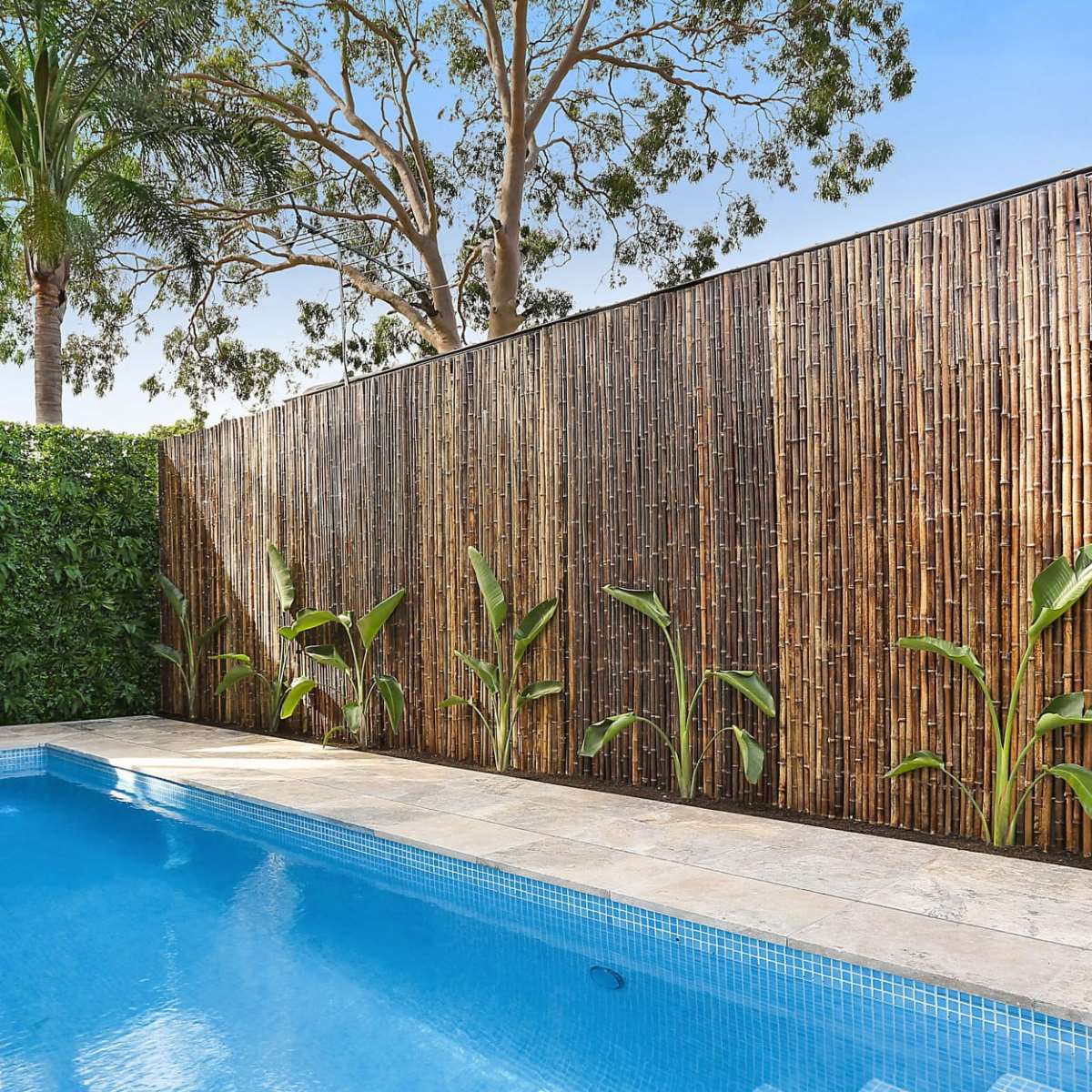

Articles
How To Make Bamboo Fence
Modified: December 7, 2023
Learn how to create a durable and eco-friendly bamboo fence with our comprehensive articles. Discover tips, techniques, and step-by-step guides for constructing your own bamboo fence.
(Many of the links in this article redirect to a specific reviewed product. Your purchase of these products through affiliate links helps to generate commission for Storables.com, at no extra cost. Learn more)
Introduction
A bamboo fence is a popular choice for homeowners looking to add a touch of natural beauty and privacy to their outdoor space. Bamboo, a fast-growing and sustainable material, offers numerous benefits that make it a desirable option for fencing.
One of the key advantages of a bamboo fence is its aesthetic appeal. The natural color and texture of bamboo can instantly transform a mundane outdoor area into a lush and tropical retreat. Whether you have a modern or traditional home, a bamboo fence can seamlessly blend in and enhance the overall look of your property.
Beyond its visual appeal, a bamboo fence also offers privacy and security. The dense foliage of the bamboo poles provides an effective barrier, shielding your yard from prying eyes and reducing noise pollution. Additionally, the tall height of a bamboo fence acts as a deterrent to trespassers, providing a sense of safety and peace of mind.
Another major advantage of bamboo fencing is its eco-friendliness. Bamboo is a renewable resource that grows at an incredibly fast rate, making it an excellent alternative to traditional wood or metal fencing materials. Choosing bamboo as your fencing material contributes to the preservation of forests and reduces the carbon footprint associated with other materials.
Furthermore, bamboo is remarkably durable and weather-resistant. It naturally contains oils that protect the poles from rot, insects, and moisture. This means that with proper maintenance, a bamboo fence can last for many years, saving you money in the long run.
The process of installing a bamboo fence is relatively straightforward. First, you need to choose the right type of bamboo for your fence, considering factors such as thickness, color, and flexibility. Next, you’ll gather the necessary tools and equipment to prepare the area and install the fence. Finally, you’ll follow steps to set the posts, attach the bamboo panels, and add any finishing touches.
Whether you’re looking to create a private oasis or add an exotic touch to your outdoor space, a bamboo fence is a fantastic choice. Its natural beauty, privacy, eco-friendliness, and durability make it a versatile and sustainable fencing option for any homeowner.
Key Takeaways:
- Create a lush and secure outdoor oasis with a bamboo fence, offering natural beauty, privacy, and eco-friendliness. Follow simple installation steps for a durable and visually appealing addition to your property.
- Embrace the sustainability and exotic allure of bamboo fencing, providing privacy, durability, and aesthetic charm. Elevate your outdoor space with a fast-growing, renewable, and visually captivating fencing option.
Read also: 15 Incredible Bamboo Fence For 2024
Step 1: Gathering Materials
Before you can begin installing your bamboo fence, you need to gather the necessary materials. This includes choosing the right type of bamboo for fencing and gathering the tools and equipment needed for the installation process.
When it comes to selecting bamboo for your fence, there are several types to consider. One common option is Moso bamboo (Phyllostachys edulis), a tall and sturdy species that is known for its strength and durability. Moso bamboo poles have a diameter of 4-6 inches, making them ideal for creating a solid and secure fence.
Another popular choice is Black Bamboo (Phyllostachys nigra), which has distinct dark-colored stems that add a unique and elegant touch to any outdoor space. Black Bamboo is slightly smaller in diameter compared to Moso bamboo, making it suitable for decorative or shorter fences.
Aside from these two options, there are various other bamboo species available, each with its own unique characteristics and appearance. Take the time to research and choose a bamboo variety that best suits your needs and desired aesthetic.
In addition to the bamboo poles, you will need a range of tools and equipment to install your fence. Some essential tools include a measuring tape, string or twine, a level, a post hole digger or auger, a saw or pruning shears for cutting the bamboo, a drill, screws or wire for attaching the bamboo to the posts, and a hammer or mallet for securing the posts in the ground.
It’s also recommended to wear appropriate safety gear, such as gloves and safety glasses, when working with bamboo and tools to protect yourself from any potential injuries.
By selecting the right type of bamboo for your fence and gathering the necessary tools and equipment, you will be well-prepared to begin the installation process. This ensures a smooth and efficient construction of your bamboo fence.
Step 2: Preparing the Area
Once you have gathered all the materials needed for your bamboo fence, the next step is to prepare the area where you will be installing the fence. This involves measuring and marking the boundaries of the fence and clearing the ground to ensure a smooth and level surface.
The first task is to measure and mark the boundaries of your fence. Use a measuring tape to determine the desired length and height of your fence and mark the corners and end points with stakes or flags. This will serve as a guide as you install the posts and attach the bamboo panels.
After marking the boundaries, it’s time to clear the ground and remove any obstacles that may hinder the installation process. This includes removing rocks, debris, and any vegetation in the area where the fence will be placed. Use a rake or shovel to clear the ground, creating a clean and even surface for the fence installation.
It’s important to ensure that the ground is level before proceeding with the installation. Use a level tool to check the slope or unevenness of the ground. If you notice any significant discrepancies, you may need to consider leveling the ground by adding or removing soil as necessary.
Additionally, it’s a good idea to check with local building codes and regulations before installing your bamboo fence. There may be specific requirements or permits needed for installing fences in your area, especially if the fence exceeds a certain height or is attached to structures such as a house or a deck.
By taking the time to measure and mark the boundaries of your fence and clearing the ground of any obstacles, you will create a solid foundation for the installation process. This will ensure that your bamboo fence is installed securely and will stand the test of time.
Step 3: Installing the Posts
With the area prepared, it’s time to move on to installing the posts for your bamboo fence. The posts provide the structural support and stability for the fence, so it’s essential to ensure they are properly placed and securely anchored in the ground.
Determining the spacing between posts: Before digging the holes for the posts, it’s important to determine the spacing between them. This will depend on the length of the bamboo panels and your desired level of privacy. As a general rule, aim for a spacing of 6 to 8 feet between the posts. However, make adjustments as needed to accommodate the size of your bamboo panels.
Digging holes and setting the posts: Use a post hole digger or an auger to dig holes where the posts will be placed. The depth of the holes will depend on the height of your fence, but a depth of around 1/3 of the overall length of the post is usually sufficient for a sturdy installation. Ensure that the holes are straight and evenly spaced along the marked boundaries of your fence.
Once the holes are dug, place a post in each hole, making sure it is centered and level. Use a level to ensure that the posts are perfectly vertical. You may need to adjust the depth of the holes or add or remove soil to achieve the desired levelness.
Securing the posts firmly in the ground: To secure the posts in the ground, backfill the holes with soil and pack it tightly around the base of each post. Use a shovel or your foot to compact the soil and ensure stability. Alternatively, you can use a quick-set concrete mix to secure the posts even more firmly.
After setting the posts, double-check that they are all at the same height and properly aligned. This will guarantee that your bamboo fence will have a straight and professional appearance.
Remember, the quality of the post installation is crucial to the overall stability and durability of your bamboo fence. Take the time to ensure that the posts are evenly spaced, securely set in the ground, and perfectly vertical to create a strong foundation for the remaining steps of the installation process.
When making a bamboo fence, be sure to properly treat the bamboo with a sealant to protect it from weathering and insect damage. This will help to extend the lifespan of your fence.
Step 4: Preparing and Setting the Bamboo Panels
Now that the posts are installed and securely in place, it’s time to prepare and set the bamboo panels for your fence. This involves cutting the bamboo poles to the desired lengths, treating the bamboo for longevity, and attaching the bamboo poles to the posts.
Cutting the bamboo poles to desired lengths: Measure the distance between the posts and cut the bamboo poles to the appropriate lengths. Use a saw or pruning shears to make clean and precise cuts. Ensure that the bamboo poles fit snugly between the posts without any large gaps.
Treating the bamboo for longevity: Although bamboo is naturally resistant to rot, insects, and moisture, it’s recommended to treat the bamboo to enhance its longevity and durability. Apply a bamboo preservative or sealant to the cut ends of the bamboo poles to prevent water absorption and potential decay. Allow the treated bamboo poles to dry completely before proceeding to the next step.
Attaching the bamboo poles to the posts: There are several methods for attaching the bamboo poles to the posts, such as using screws, wire, or zip ties. Choose a method that suits your preferences and the overall aesthetic of your fence. Securely attach the bamboo poles to the posts, ensuring that they are evenly spaced and aligned.
When attaching the bamboo poles to the posts, it’s important to position them in such a way that they overlap slightly. This not only adds stability to the fence but also creates a visually appealing pattern. You can use a level to ensure that the bamboo poles are horizontal and straight.
Continue attaching the bamboo poles until the entire length of the fence is covered. Trim any excess bamboo at the end of the fence for a neat and uniform appearance.
Remember, the proper preparation and installation of the bamboo panels is essential for a sturdy and visually appealing fence. Take the time to cut the bamboo poles to the desired lengths, treat them for longevity, and securely attach them to the posts to ensure a beautiful and functional bamboo fence.
Step 5: Finishing Touches
As you near the completion of your bamboo fence installation, it’s time to add the finishing touches to ensure a polished and professional look. This step includes trimming excess bamboo, applying a protective coat or stain (optional), and adding any additional features or decorations.
Trimming excess bamboo and ensuring a uniform appearance: Take a moment to inspect your bamboo fence for any excess or protruding bamboo poles. Use a saw or pruning shears to trim these poles to the same height as the rest of the fence. This will create a neat and uniform appearance, enhancing the overall aesthetic of your fence.
Applying a protective coat or stain (optional): While bamboo is naturally durable, you may choose to apply a protective coat or stain to further enhance its resistance to the elements. This step is optional but can extend the lifespan of your bamboo fence and enhance its beauty. Choose a quality outdoor sealant or stain that is specifically designed for bamboo and follow the manufacturer’s instructions for application.
Adding any additional features or decorations: To personalize your bamboo fence and add your own unique touch, consider incorporating additional features or decorations. This could include attaching hanging planters, installing string lights, or adding decorative elements such as woven rope or lattice panels. Be creative and let your imagination guide you to enhance the visual appeal of your bamboo fence.
Remember to take into account the maintenance requirements of any additional features or decorations you choose to add. Regularly inspect and clean these elements to ensure they remain in good condition and complement the overall appearance of your fence.
By paying attention to the finishing touches, you can elevate your bamboo fence from a simple structure to a visually captivating and functional outdoor feature. Take the time to trim excess bamboo for a uniform look, consider applying a protective coat or stain for added longevity, and let your creativity shine by adding personalized features or decorations.
Conclusion
Congratulations! You have successfully installed a beautiful and sustainable bamboo fence. By following the steps outlined in this guide, you have created a functional and visually appealing outdoor space that provides privacy, security, and a touch of natural beauty.
A bamboo fence offers numerous benefits, including its aesthetic appeal, privacy, eco-friendliness, and durability. It seamlessly blends with various architectural styles and adds a unique tropical touch to any outdoor area. Additionally, bamboo is a fast-growing and renewable resource, making it an eco-friendly alternative to traditional fencing materials.
To maintain the longevity and appearance of your bamboo fence, it’s important to perform regular maintenance. Here are some recommendations:
Inspect for damage: Regularly inspect your bamboo fence for any signs of damage, such as cracked or split poles. Replace any damaged poles to maintain the structural integrity of the fence.
Clean and remove debris: Clear away any debris, leaves, or dirt that may accumulate on the fence. Use a soft brush or cloth to gently clean the bamboo poles and remove any surface stains.
Apply a protective coat: Depending on the quality of the bamboo and your preferences, you may choose to apply a protective coat or stain. This can help enhance the natural beauty of the bamboo and provide additional protection against the elements.
Trim overgrown vegetation: If there are any plants or vines growing on or near your bamboo fence, regularly trim them to prevent them from causing damage or overshadowing the beauty of the bamboo.
Monitor for pests: Keep an eye out for any signs of pests, such as termites or fungus. Treat any infestations promptly to prevent them from spreading and causing damage to your bamboo fence.
By following these maintenance tips and regularly caring for your bamboo fence, you can ensure that it remains a stunning and reliable addition to your outdoor space for years to come.
In conclusion, a bamboo fence not only provides privacy and security but also adds an element of natural beauty and sustainability to your property. By installing and maintaining your bamboo fence with care, you can enjoy its many benefits and enhance the overall aesthetics of your outdoor space.
Frequently Asked Questions about How To Make Bamboo Fence
Was this page helpful?
At Storables.com, we guarantee accurate and reliable information. Our content, validated by Expert Board Contributors, is crafted following stringent Editorial Policies. We're committed to providing you with well-researched, expert-backed insights for all your informational needs.
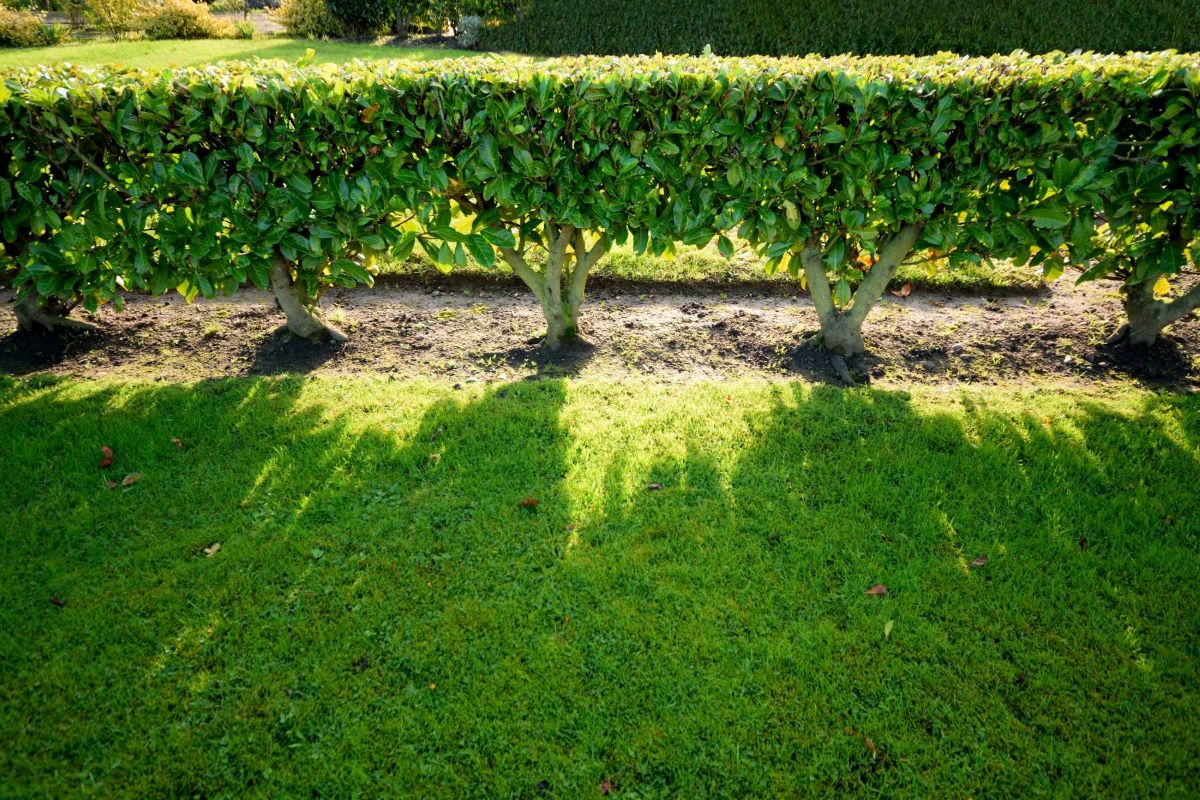
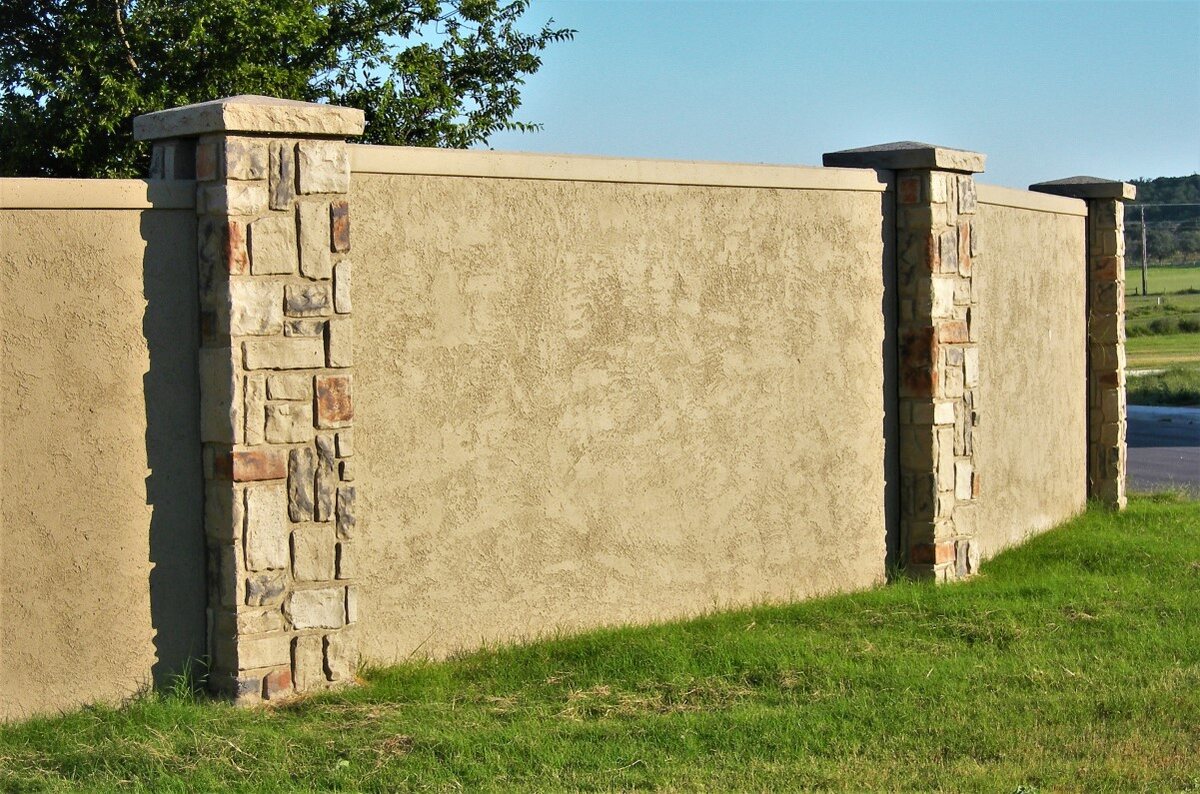
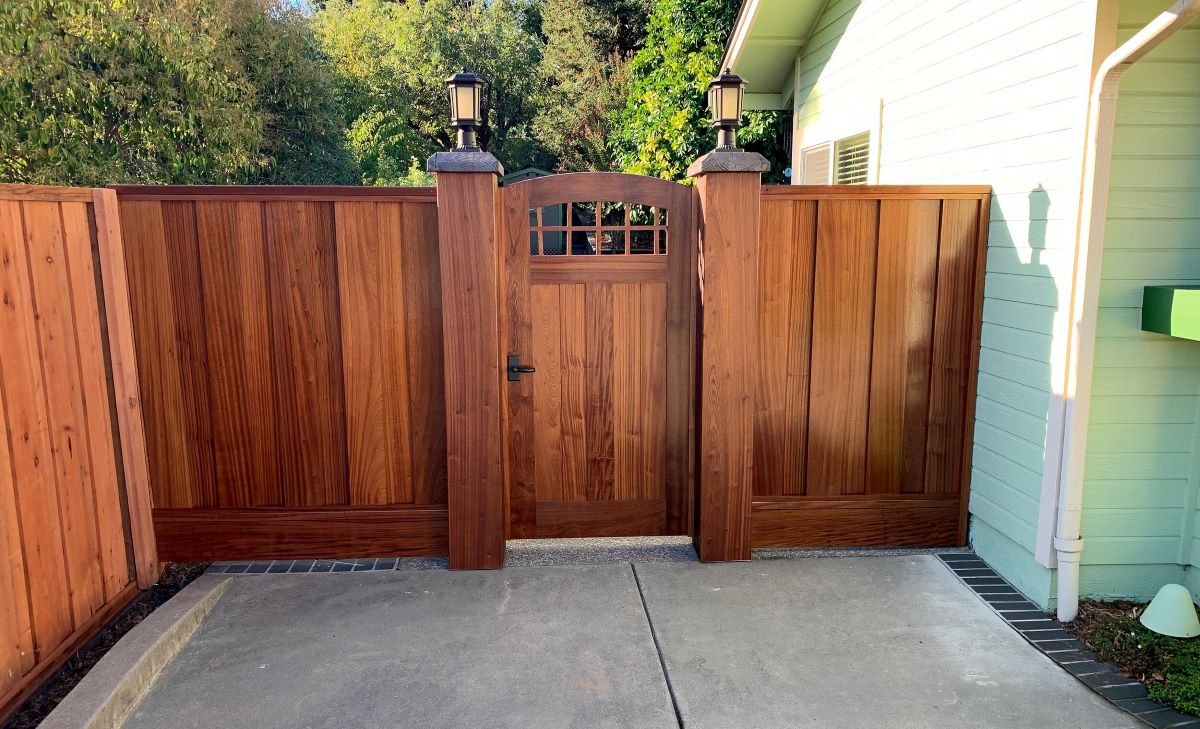
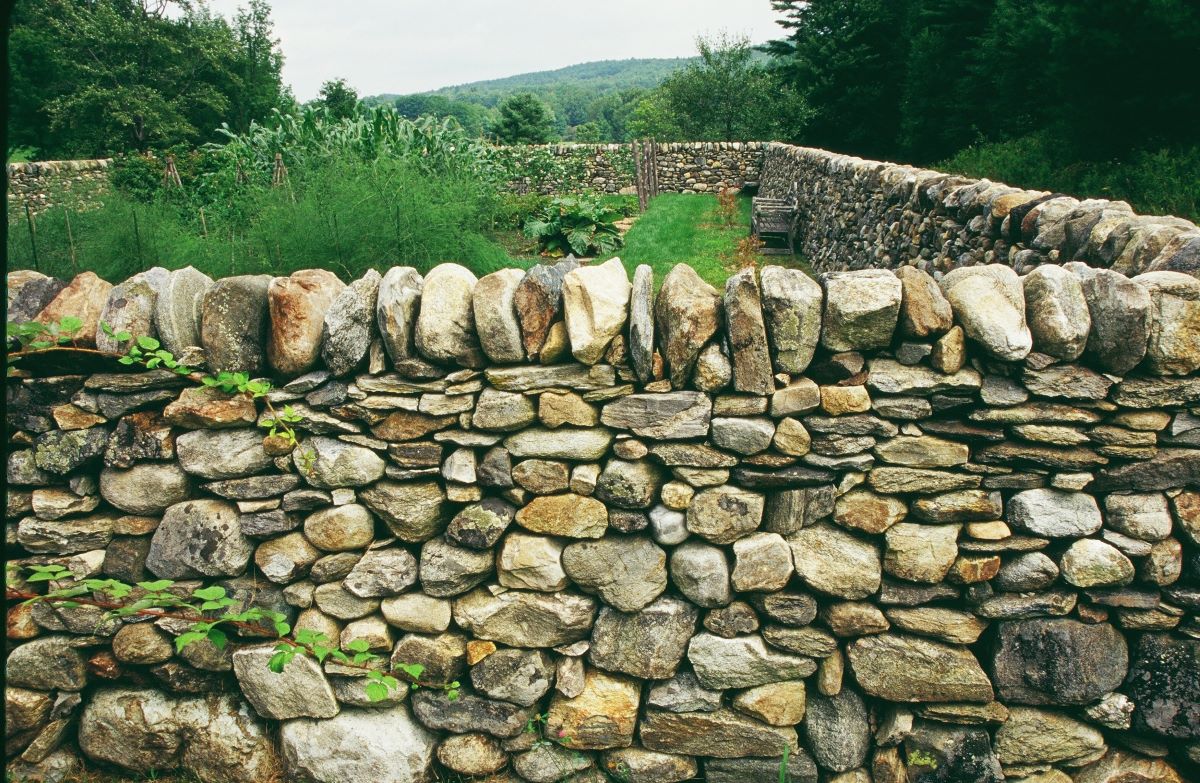
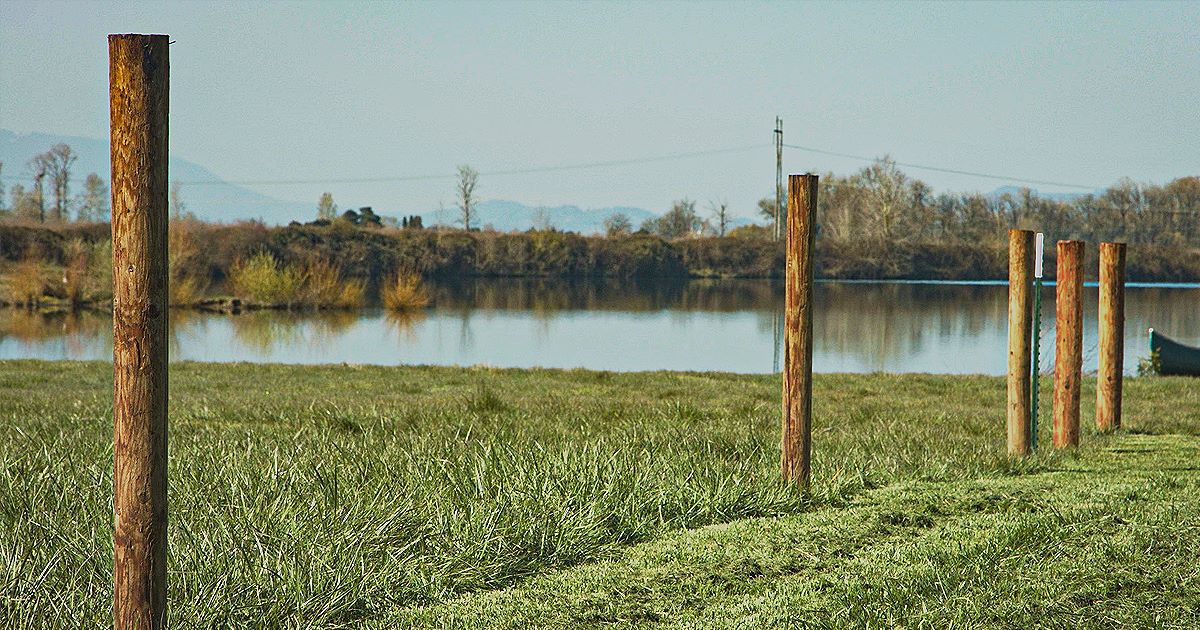
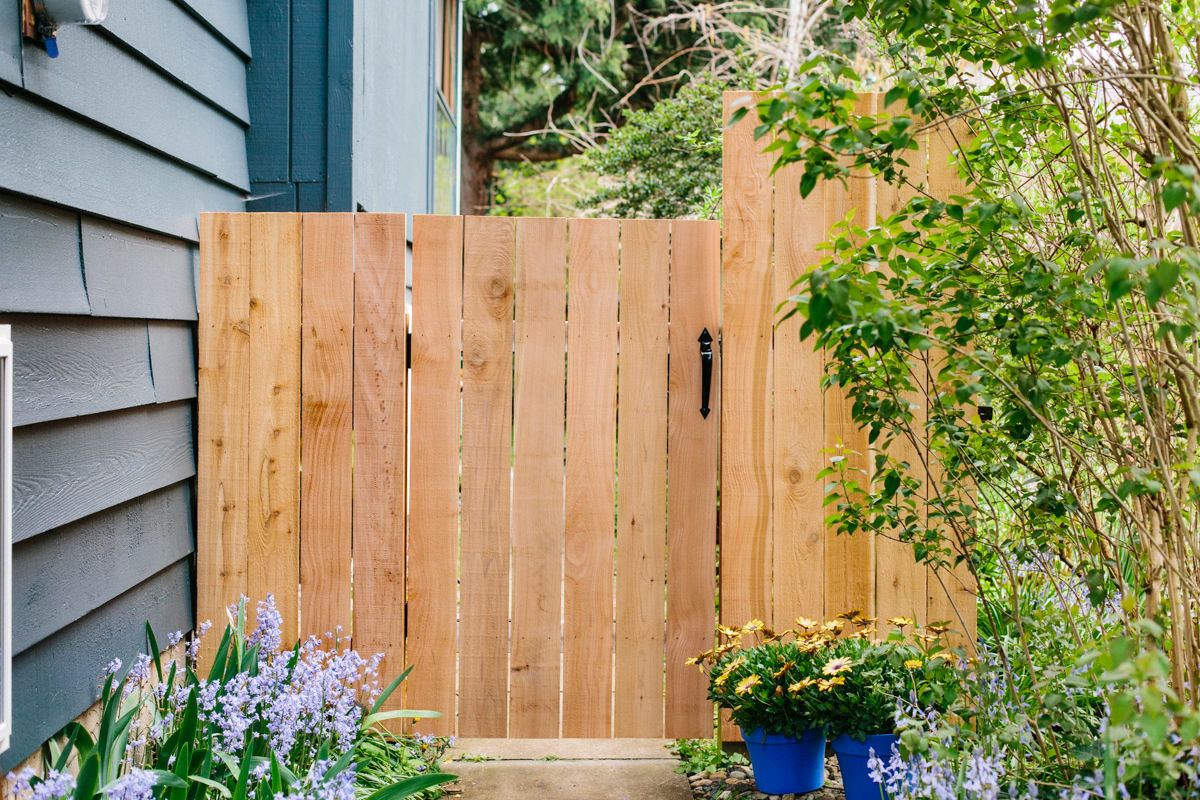
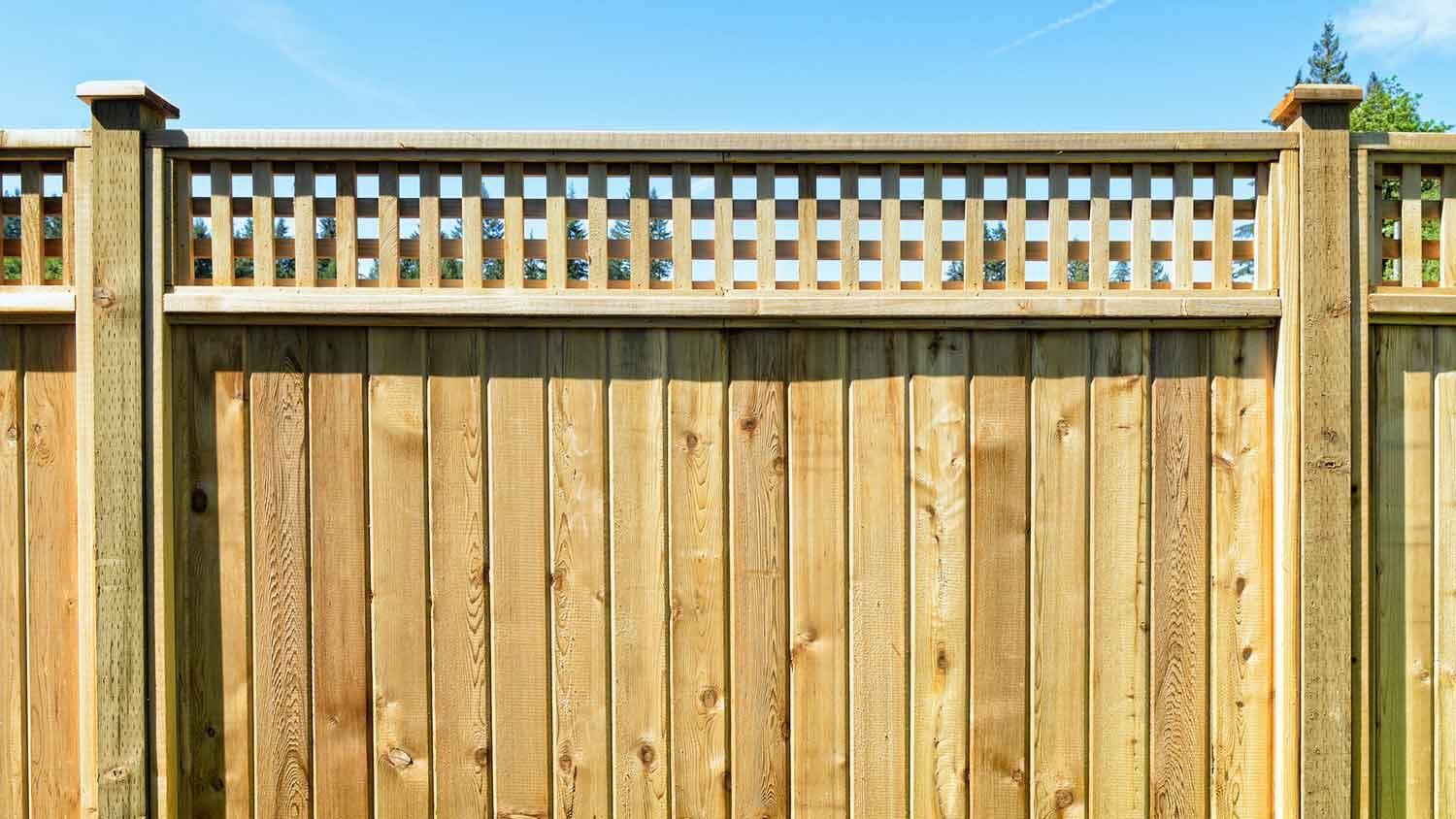
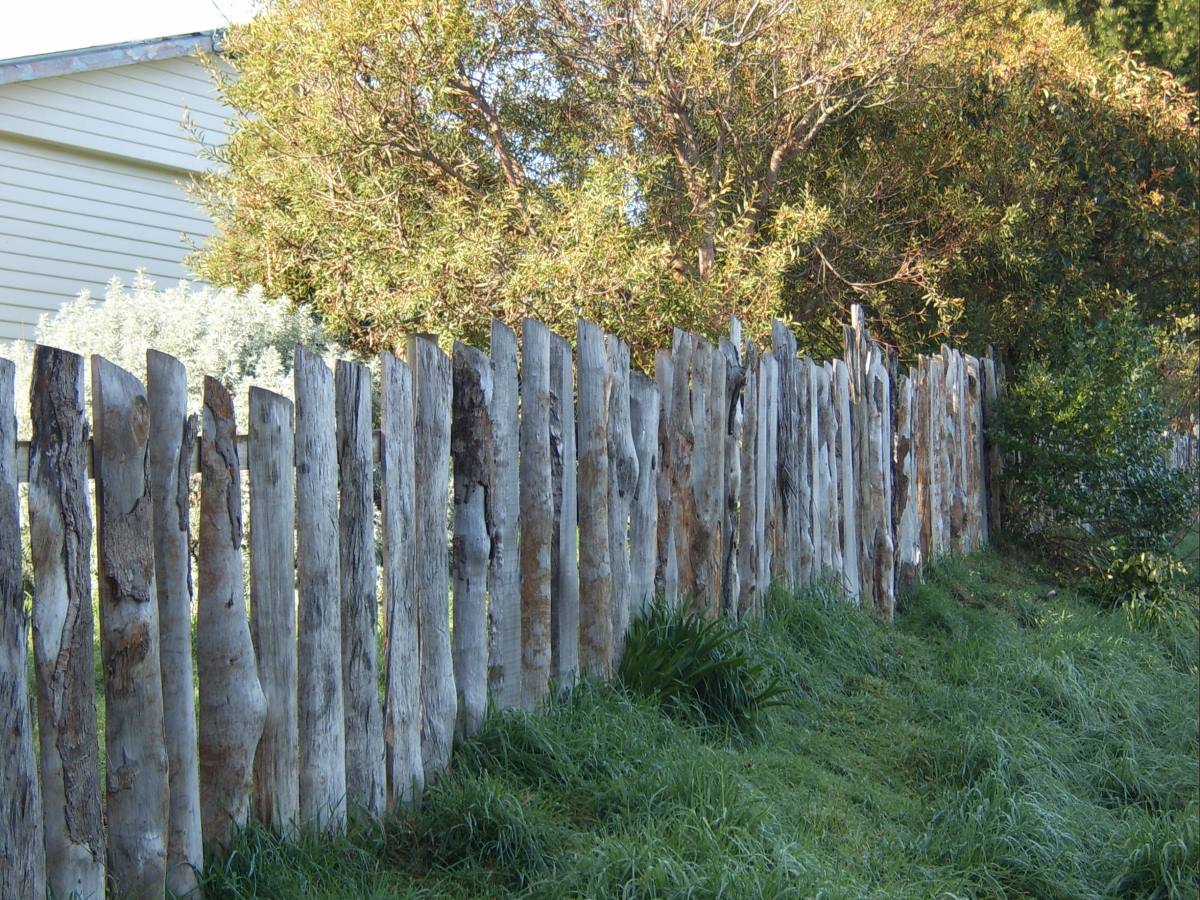

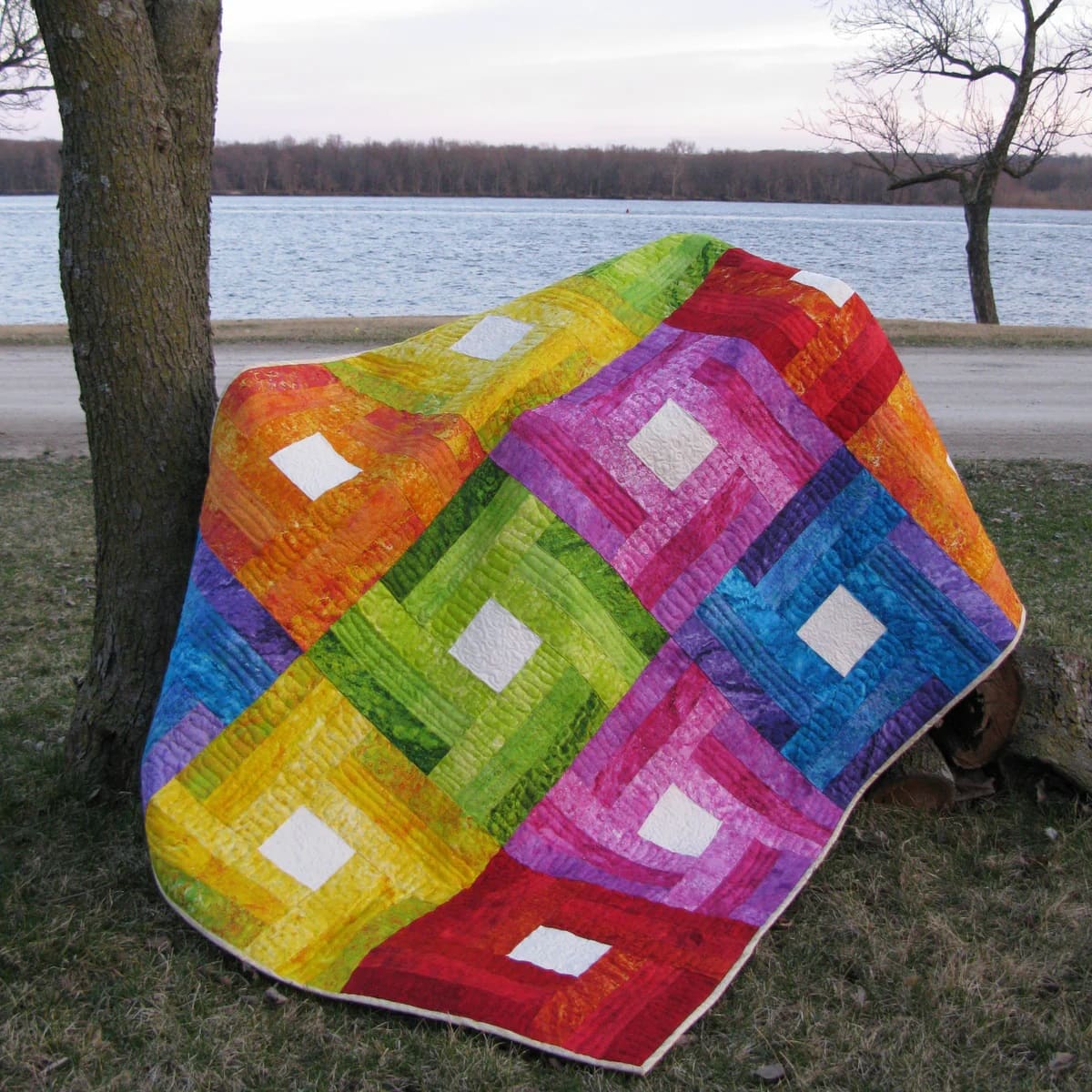
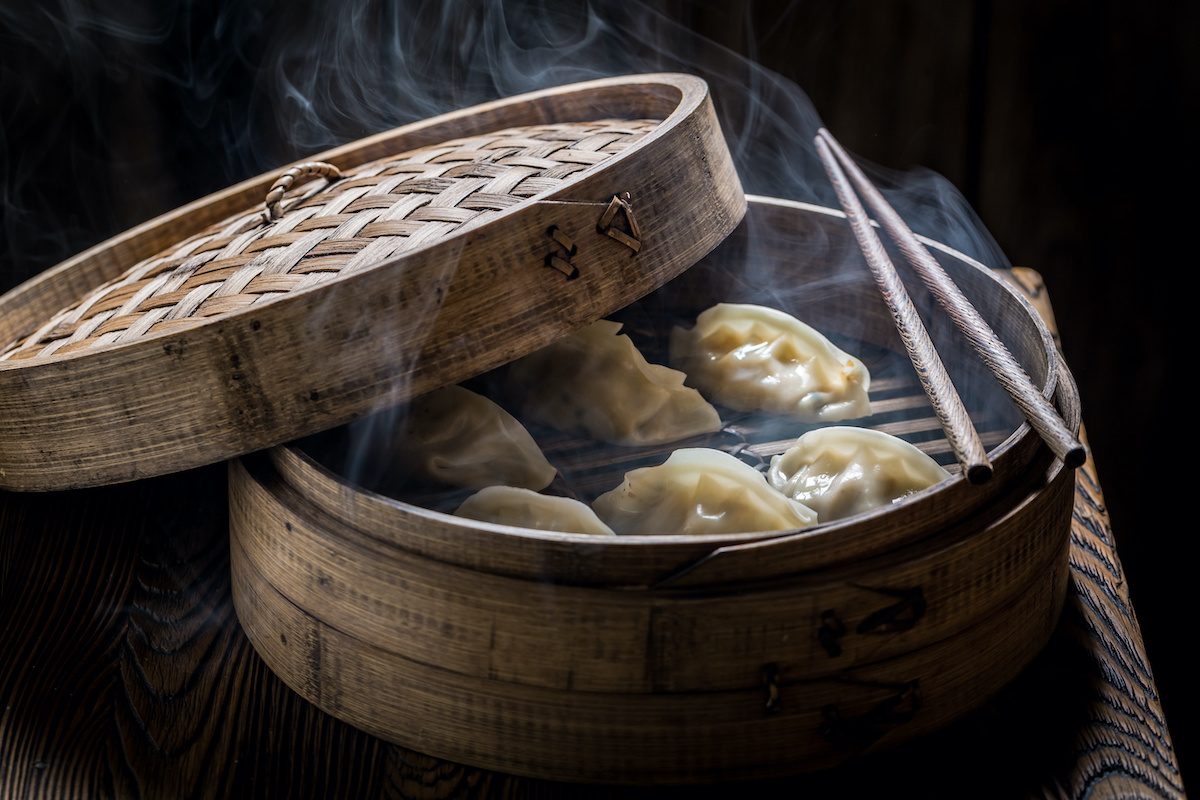
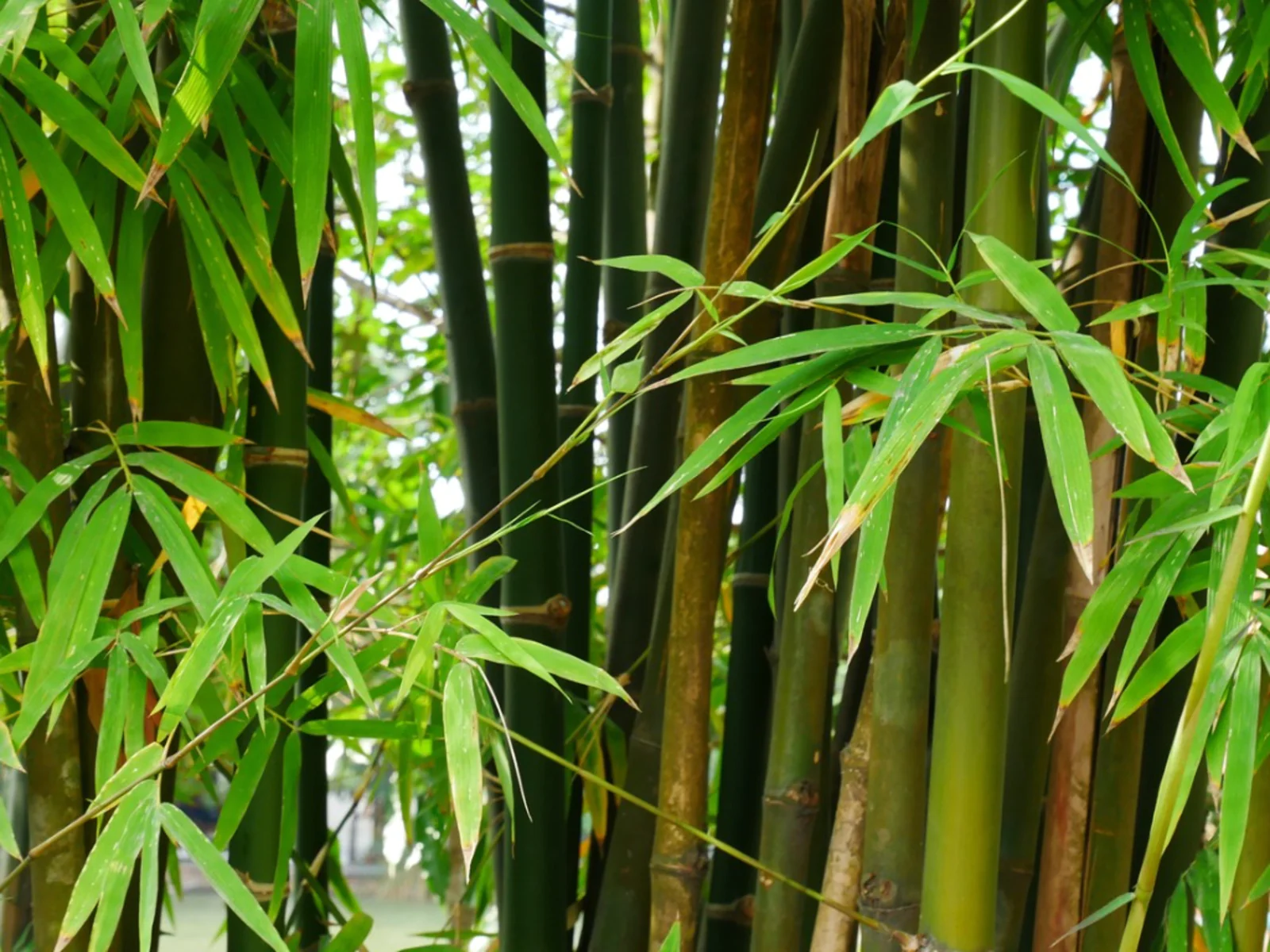

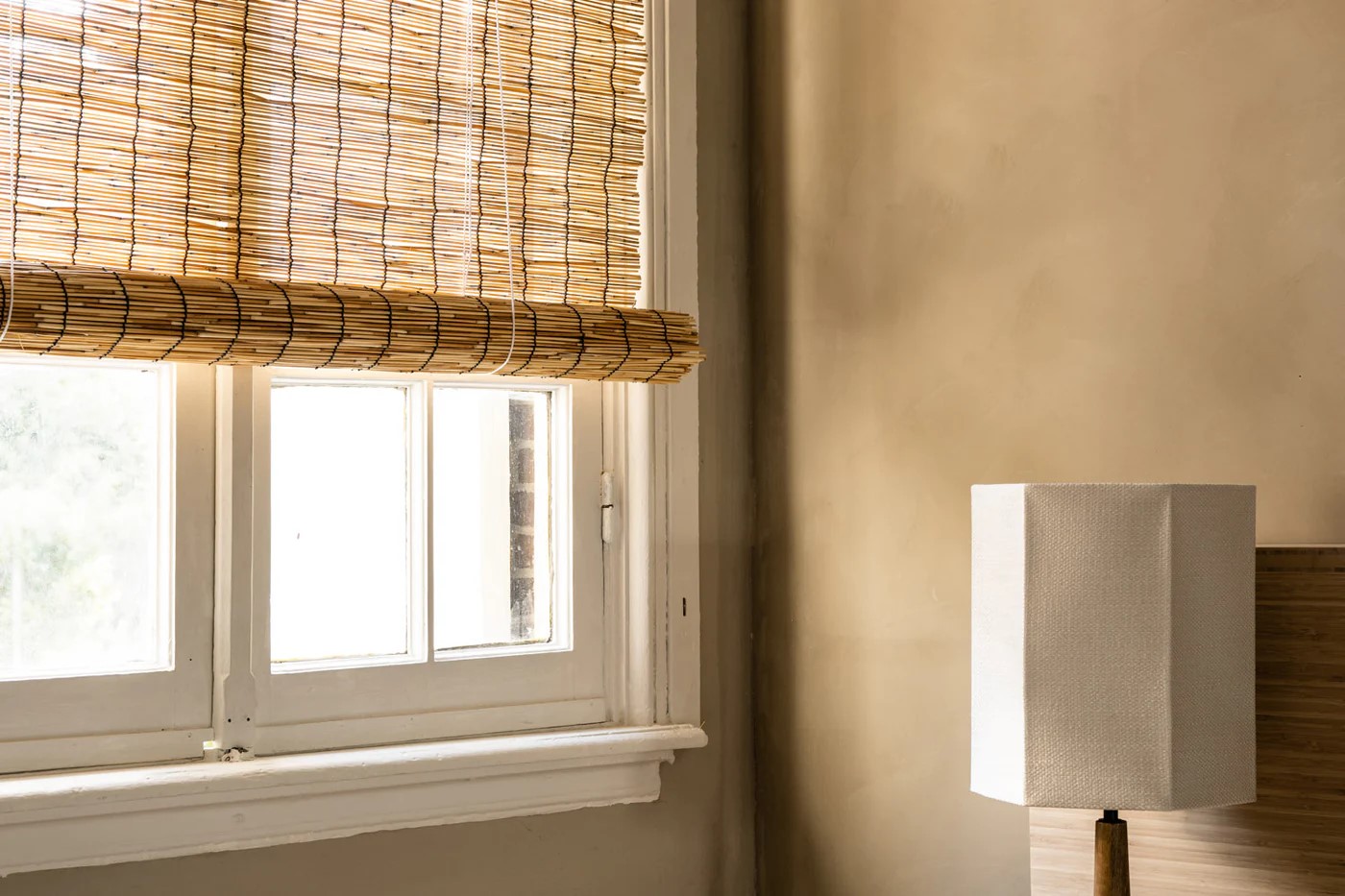

0 thoughts on “How To Make Bamboo Fence”